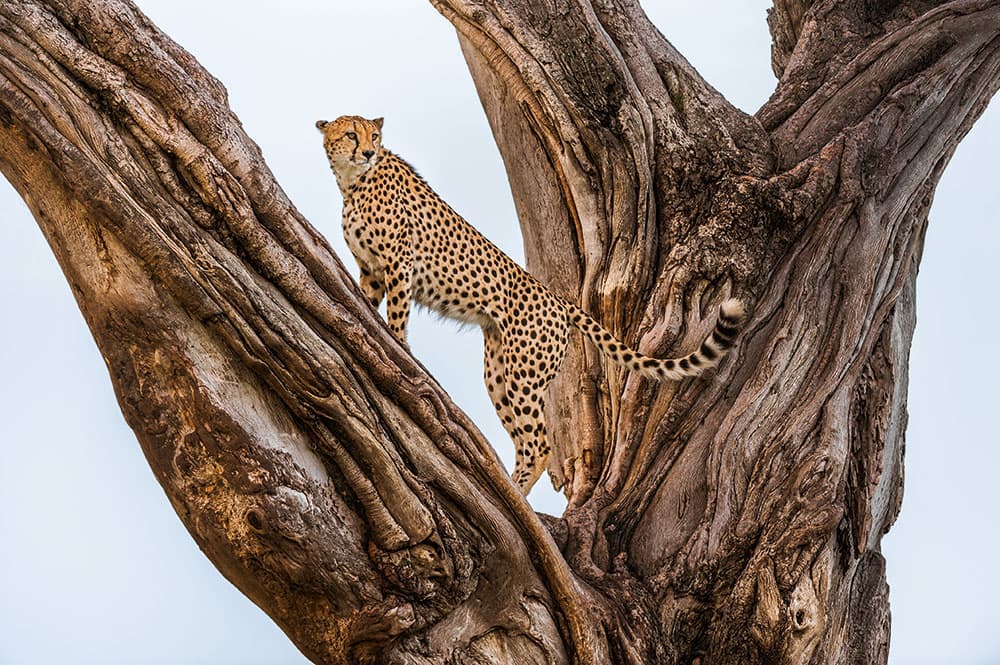
Male cheetah in fig tree, Maasai Mara National Reserve, Kenya. Nikon D3, 200-400mm, 1/60sec at f/4, ISO 400, Credit: Frans Lanting
The new photographic book by Frans Lanting is called Into Africa, and as the title suggests, it is a pictorial journey into the continent that has been the source of so much of his creative inspiration.
“I’ve been in and out of Africa for more than 30 years and I’ve criss-crossed the continent on many expeditions,” he says, speaking from his home in Santa Cruz, California. “We have put together a book that is a mosaic of the continent. It’s a coverage of the major biomes from the forests, to the savannahs, to the deserts, to the islands – because it includes Madagascar – so it’s an overview of what I’ve seen and what I’ve learned. Many journeys.”
So many journeys, in fact, that Lanting confesses to having lost count, but he remembers the lasting impression made by his first trip to the continent in the early 1980s.
He recalls: “I went to East Africa, to Kenya, and there’s nothing like coming from Europe, growing up in a city in the Netherlands, and then experiencing the wide open spaces and the spectacle of animals. I mean, it’s unbelievable and it is still. Every time I head out into the bush, whether it’s east or southern Africa, it’s always this amazing feeling of wonder that this still exists.”
His most recent visit was to Botswana in 2016 and Into Africa includes pictures from that trip, too.

African elephant at dawn, Chobe National Park, Botswana. Nikon, 24mm, transparency film, Credit: Frans Lanting
Ancestral home
Now 66, Lanting was born and raised in Rotterdam and earned a master’s degree in economics before moving to the United States to study environmental planning. Soon after, he began photographing the natural world and his life changed course forever.
After that first trip to Kenya, he ventured into the heart of the Congo Basin to photograph bonobos, documented the unique wildlife and tribal customs of Madagascar, photographed scarlet macaws in the Amazon rainforest canopy and produced the seminal coverage of Botswana’s Okavango Delta for National Geographic magazine.
Awards aplenty followed: top honours from World Press Photo, overall winner of BBC Wildlife Photographer of the Year, and the Sierra Club’s prestigious Ansel Adams Award.
Lanting has worked in all seven continents, but Africa became his number-one choice when deciding on a book that was to be both a personal homage as well as a retrospective collection of photographs across four decades.
He explained: “Since I first visited back in the 1980s, I’ve been back so many times I can’t count how many trips I’ve been on. I feel at home in Africa. I like the people, I like the animals, I like the places, so it’s always a bit like going back to an ancestral home.”
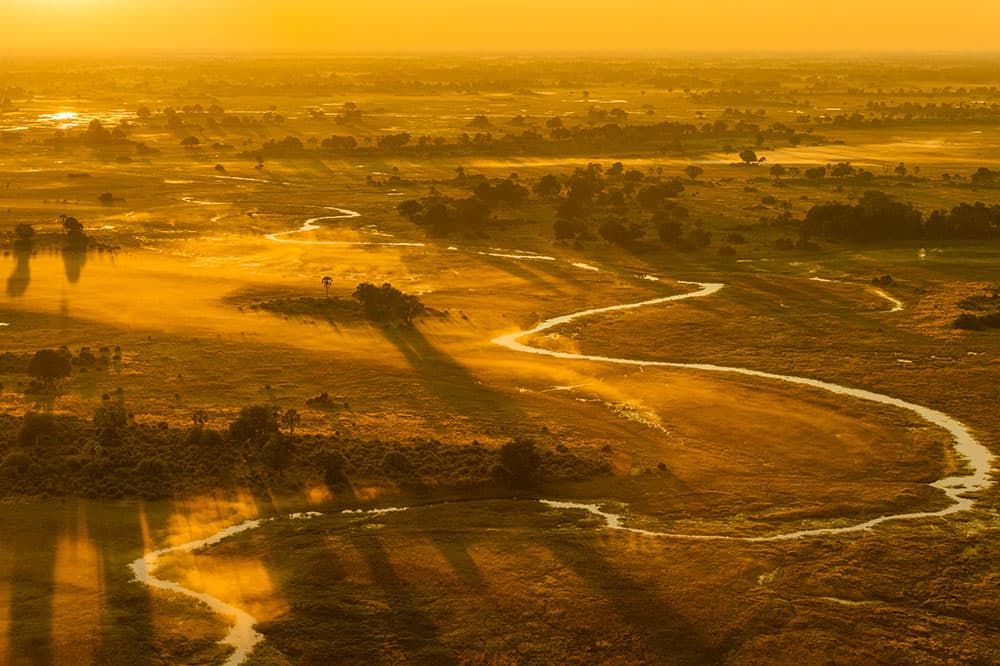
Mist at sunrise, Okavango delta, Botswana. Nikon D4S, 70-200mm, 1/640sec at f/9, ISO 800, Credit: Frans Lanting
Last great places
More difficult was deciding how to best arrange the book into sections that would ensure the broadest coverage of the continent while retaining a pictorial flow when turning the page from one spectacular setting to the next.
Working with his wife and co-author Chris Eckstrom, Lanting decided to categorise his images according to the major environmental biomes of Africa – forests, savannahs, deserts, island environments and wetlands.
“They run parallel to major conservation initiatives that are supported by organisations like the WWF, Conservation International and others,” he says. “They also reflect my interests in the continent where we still have enormous landscapes that are not as populated by people as in Europe or in North America.”
This sense of vast, untouched space is what makes Africa unique, he says, but rapid economic development threatens to overrun many of what he calls ‘these last great places’, that are an inspiration to the thousands of photographer who visit each year.
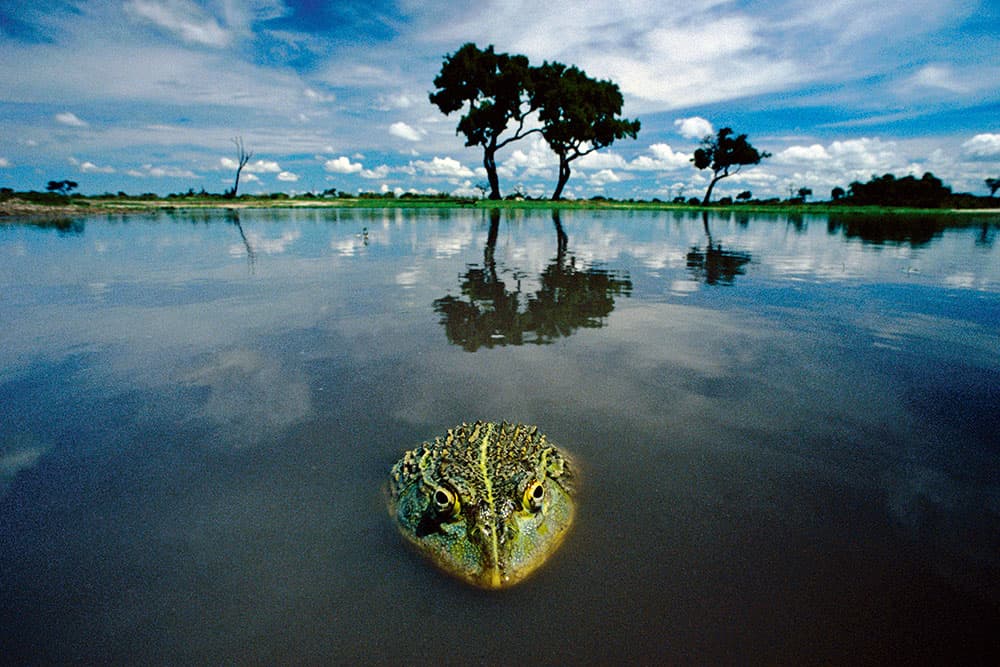
African bullfrog (Pyxicephalus adspersus), Chobe National Park, Botswana. Nikon, 18mm lens at f/22, transparency lens, Credit: Frans Lanting
Cameras on the ground
The publication of Into Africa doesn’t mark an end to his African journey. He reveals he is about to embark on another adventure.
“Next week, I’m going back to Madagascar, so the journey continues,” he enthuses. “I’m really excited to go back to some of the places I know and look up some of the people I know from before, so it’s going to be a rediscovery. But I’m going back with totally different equipment than I first went there with – all the cameras are digital and they include a whole range, from DSLRs to high-end video cameras to GoPros. You name it, we have it!”
The preparations for his forthcoming return to Madagascar provide an insight into how Lanting documents a location, and it is far from a one-person job. “I will be there with my wife [Chris Eckstrom], who is a videographer and we’ll have two assistants travelling with us,” he says.
There is an important role for his mobile phone, too. “My iPhone is always with me and I do coverage with that as well, for stills, for video clips, for audio clips, sequences – it’s a great tool,” he adds.
Lanting recently joined Instagram, which he uses to post images from Into Africa as part of the pre-launch publicity, and he promises to post regularly from his forthcoming Madagascar trip, too. “We love our following,” he declares.
Into Africa, by Frans Lanting and Chris Eckstrom, is released on 10 October, price £35. Excerpted with permission from Into Africa by Frans Lanting (Earth Aware Editions, 2017, available at bookstores everywhere). An exclusive collector’s edition of Into Africa will also be available directly from the Lanting Studio. For more details, contact gallery@lanting.com
Camera choices
Frans Lanting doesn’t restrict himself only to the Nikon DSLRs and lenses that have served as his main tools for much of his career. Increasingly, he uses ‘different cameras for different purposes’. These include mirrorless cameras, GoPros and the iPhone, which serves several purposes when out on location.
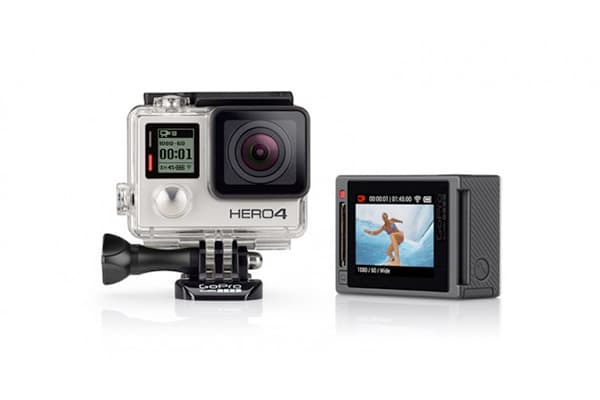
Credit: GoPro
“There are so many different tools and it’s not a linear process any more,” he says. He is also fascinated by the history of photography and recently travelled to South Georgia, 100 years after polar explorer Sir Ernest Shackleton’s epic Endurance expedition.
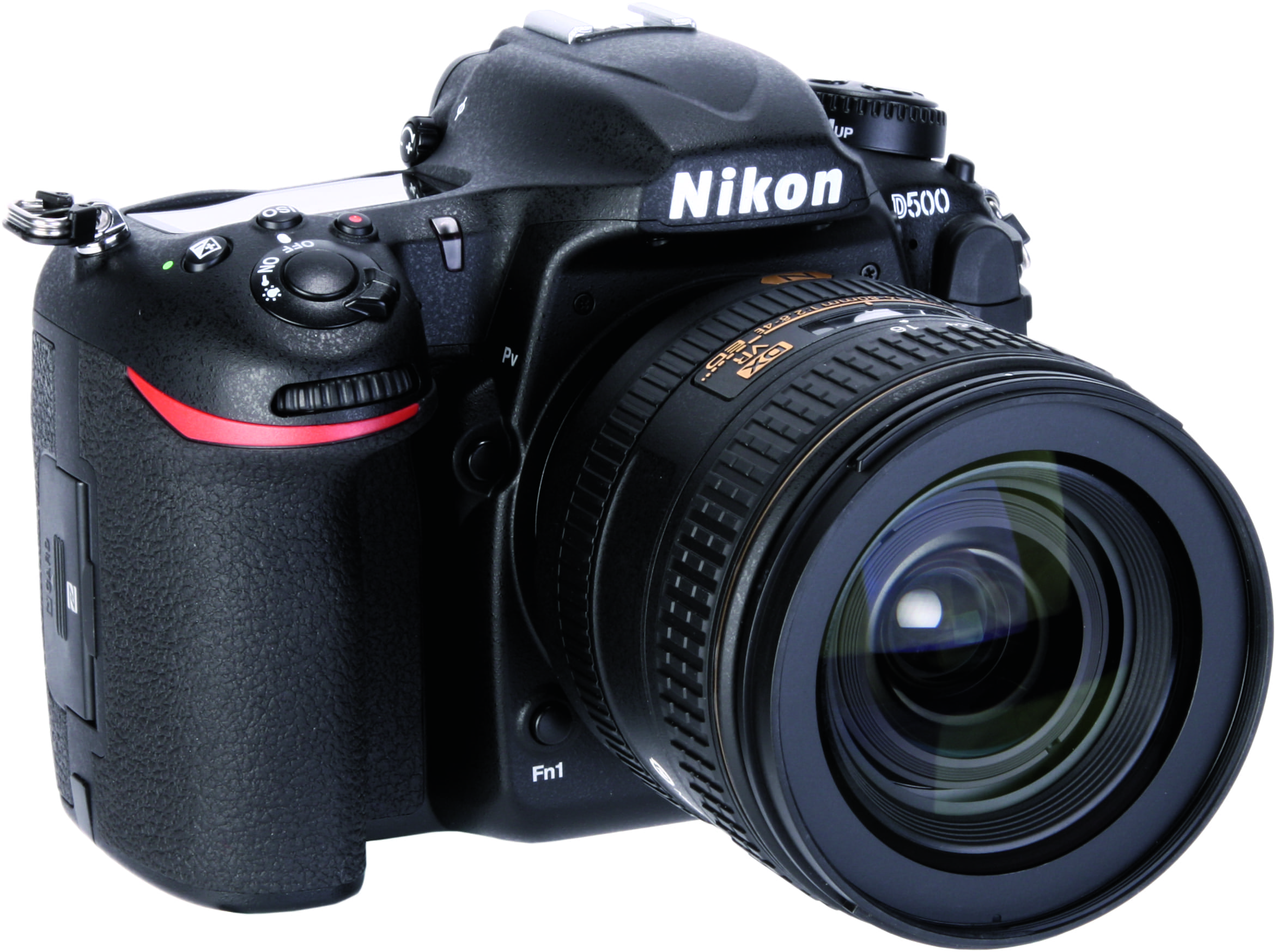
Credit: Nikon
While there, he dressed in period clothing similar to that worn by Frank Hurley, Shackleton’s official photographer, and used a century-old Kodak folding camera. He says, “It was challenging to create images with that camera, and it only increased my admiration for Hurley.”
Frans Lanting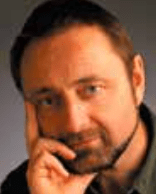
Born and raised in the Netherlands, Frans Lanting moved to America in the 1970s and gained worldwide recognition for his work with National Geographic. He is a co-founder of the North American Nature Photographers Association (NANPA). See www.lanting.com







